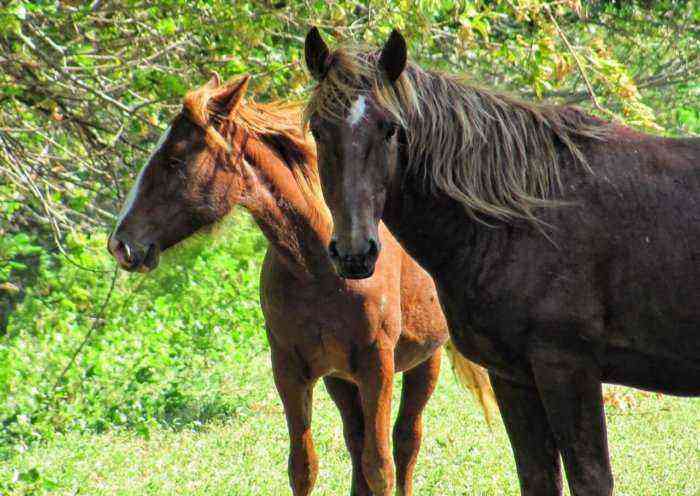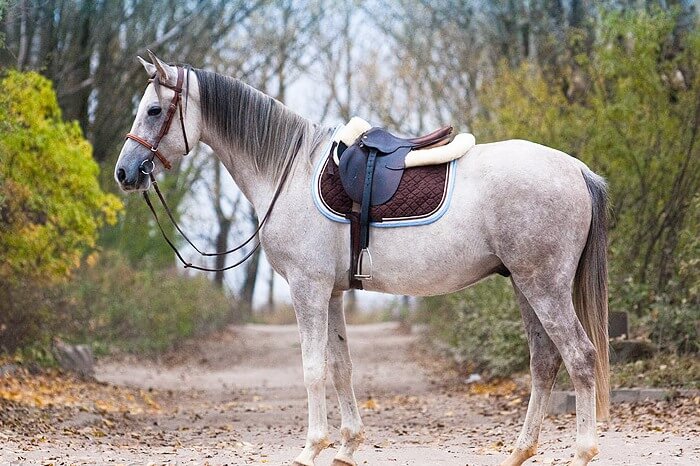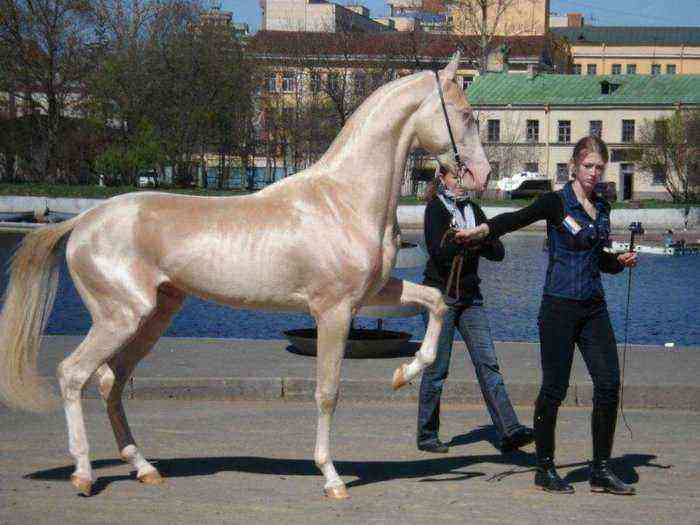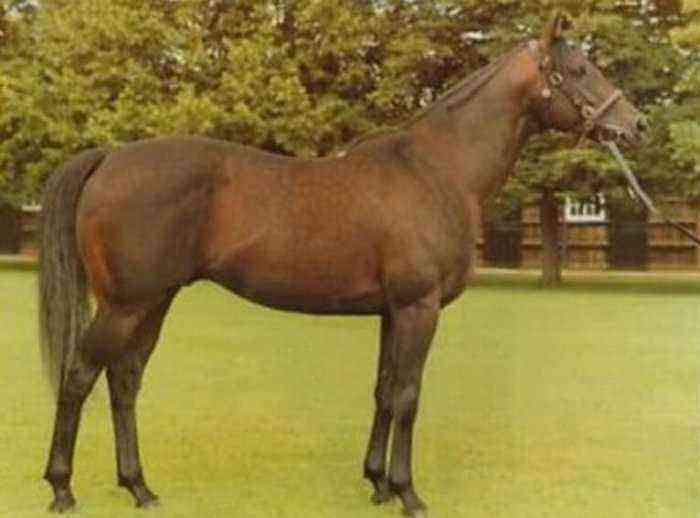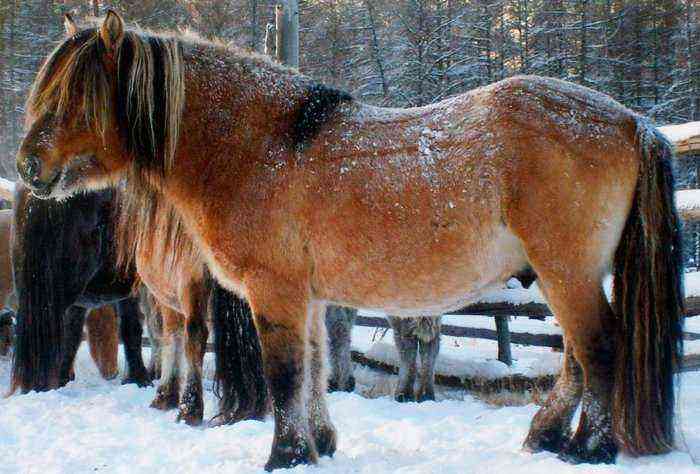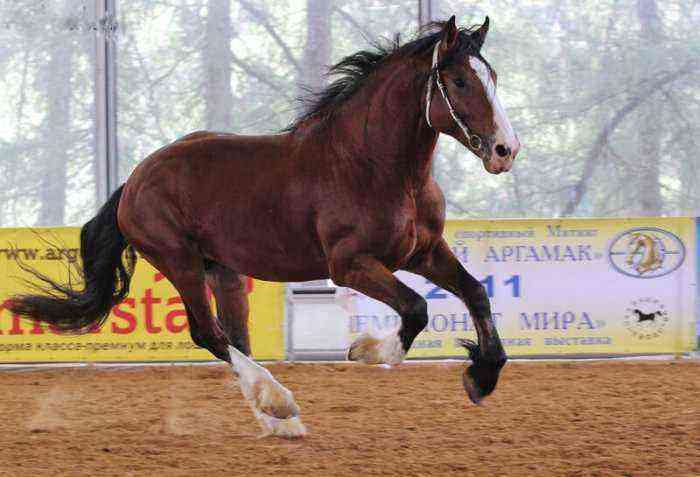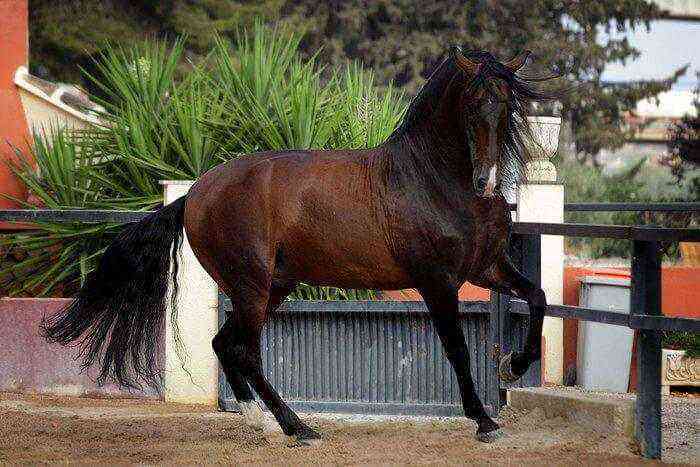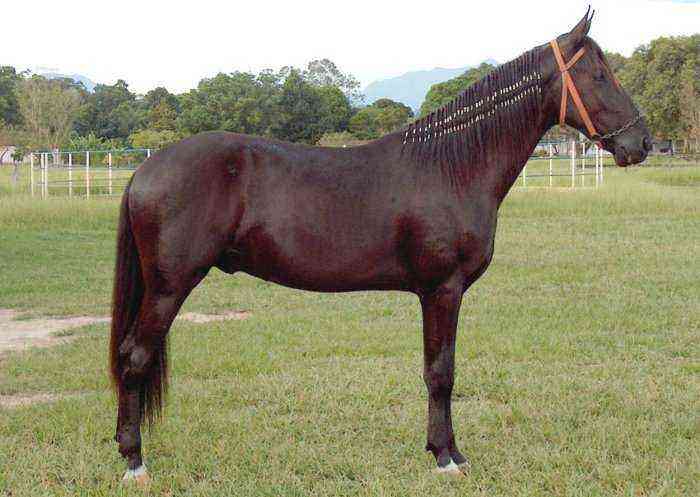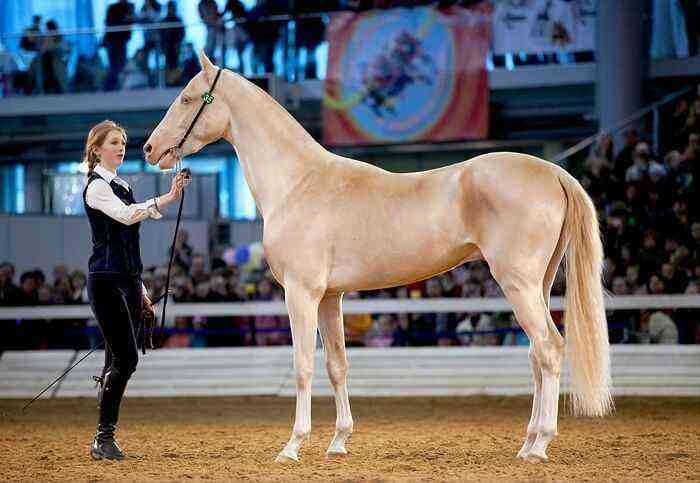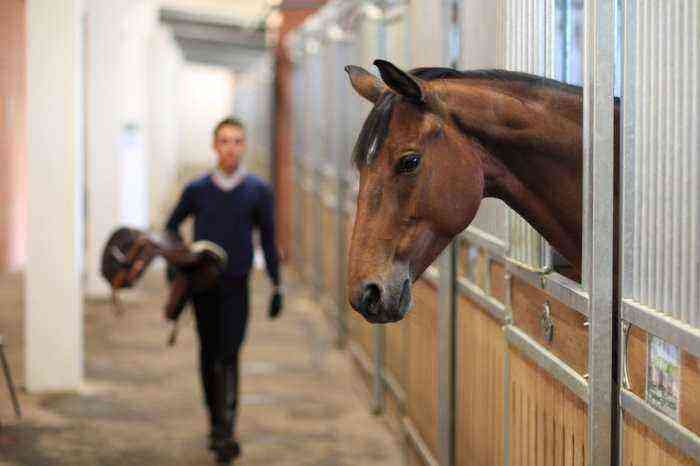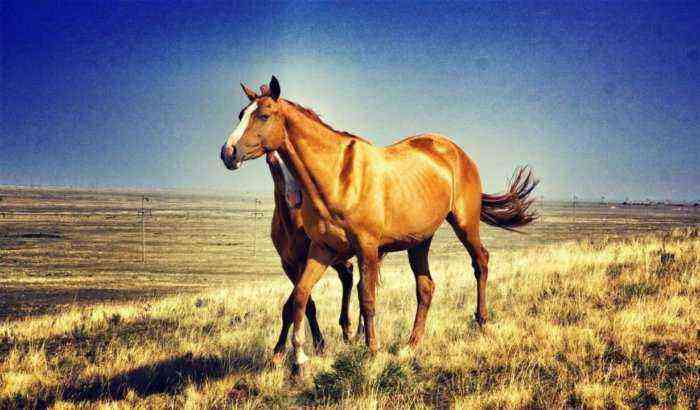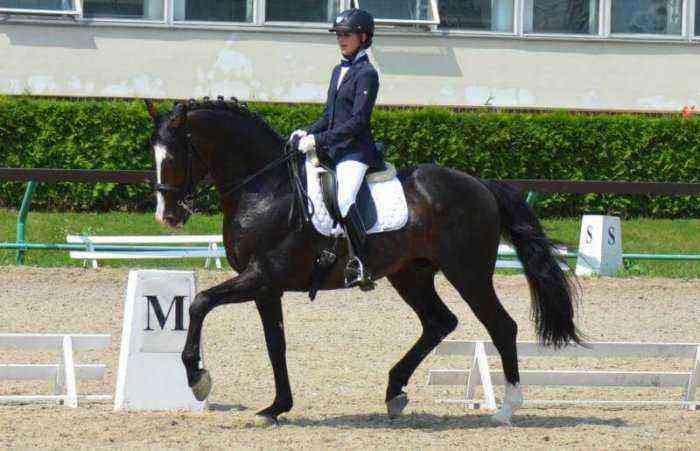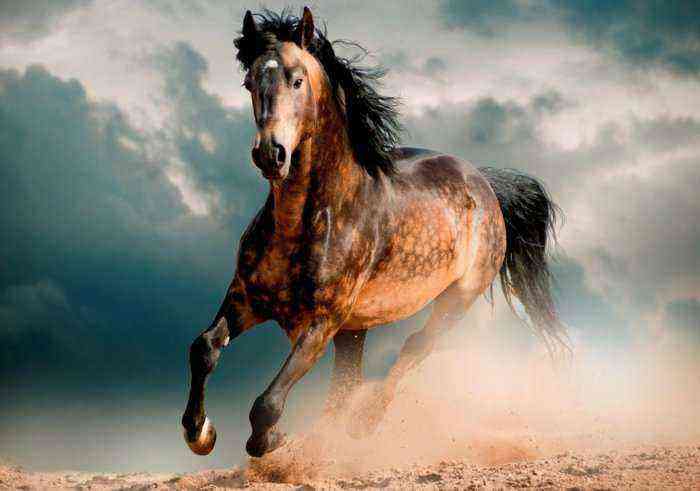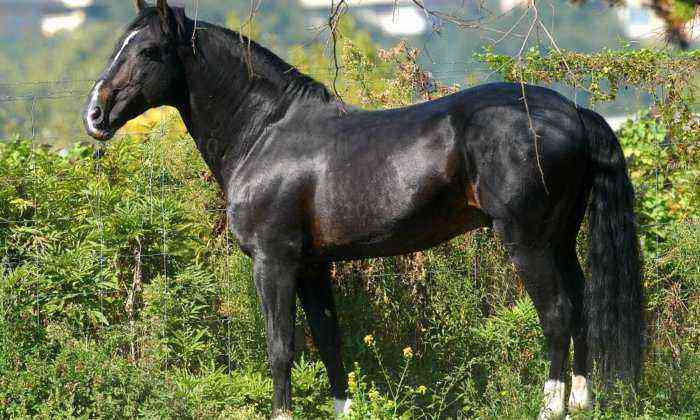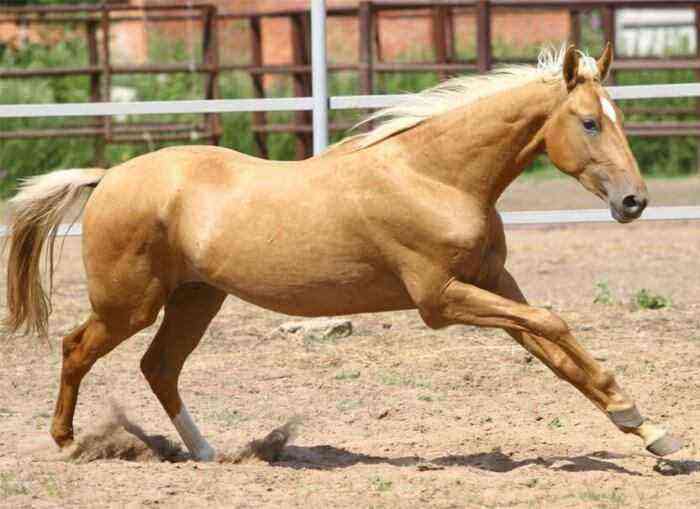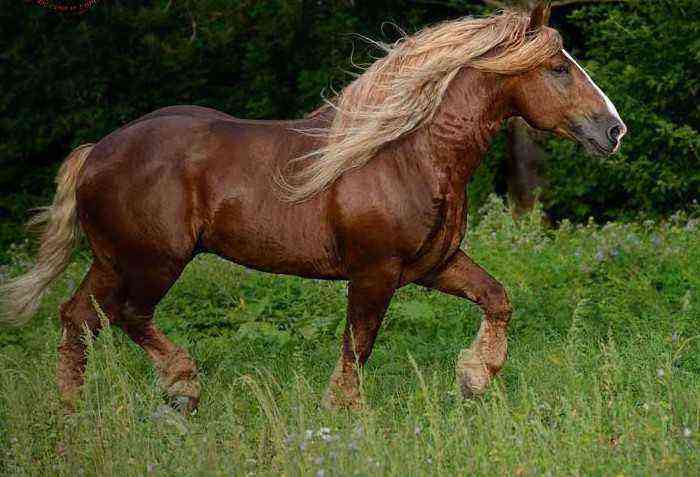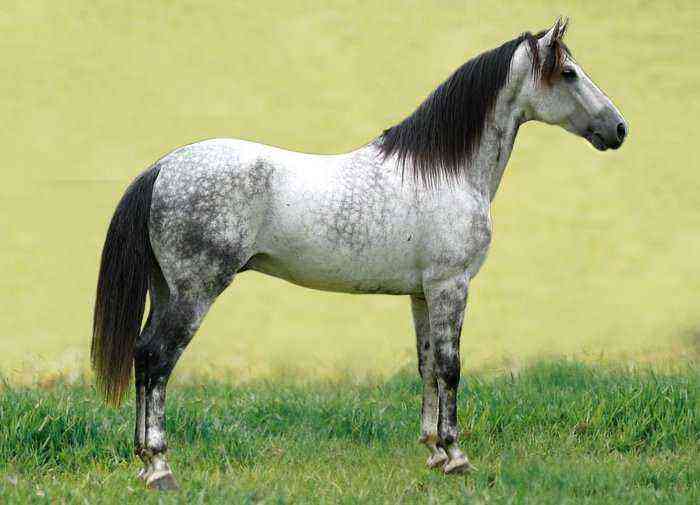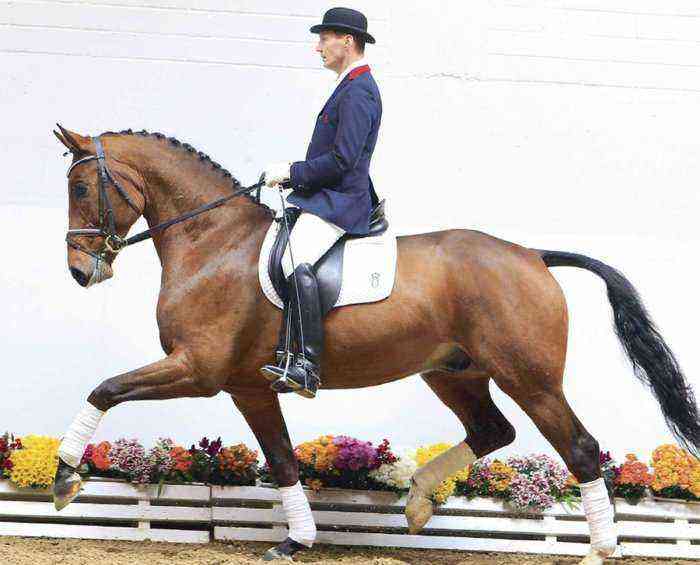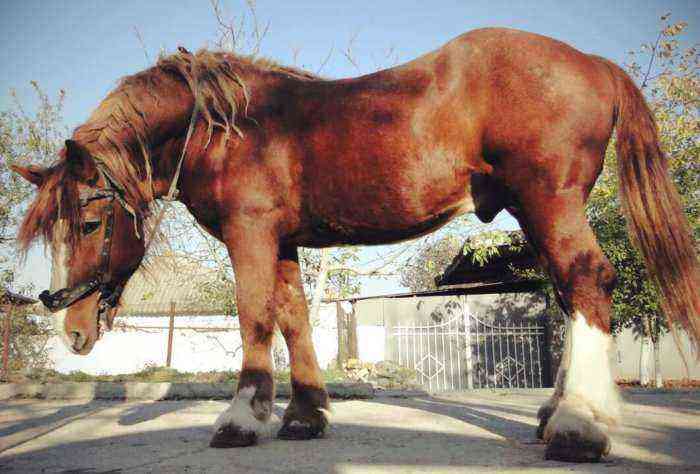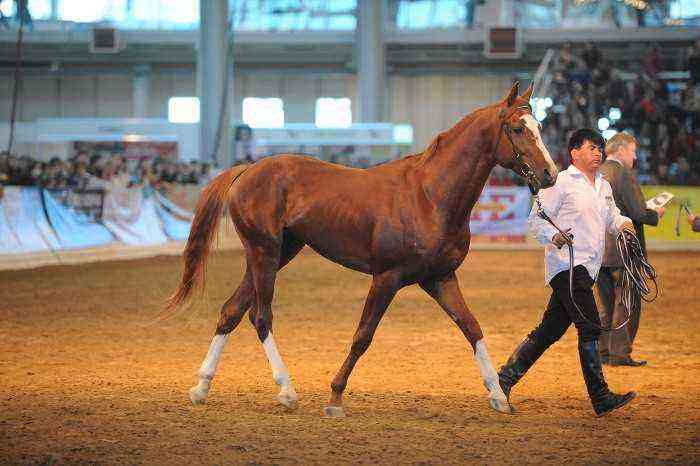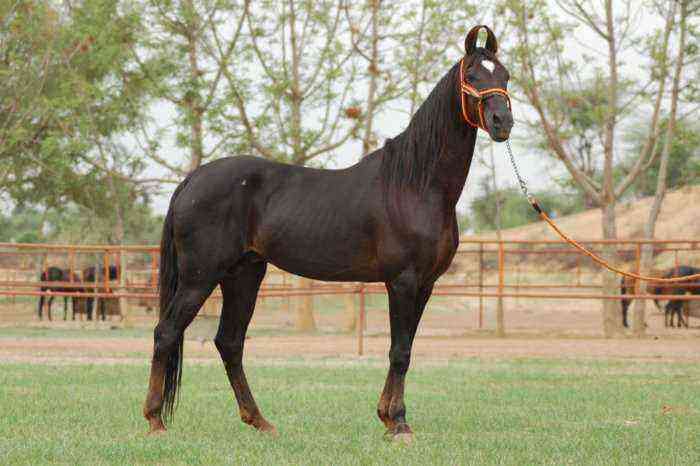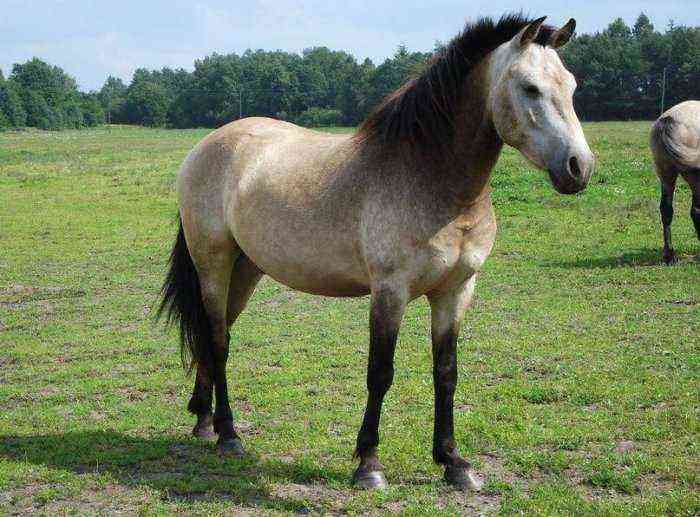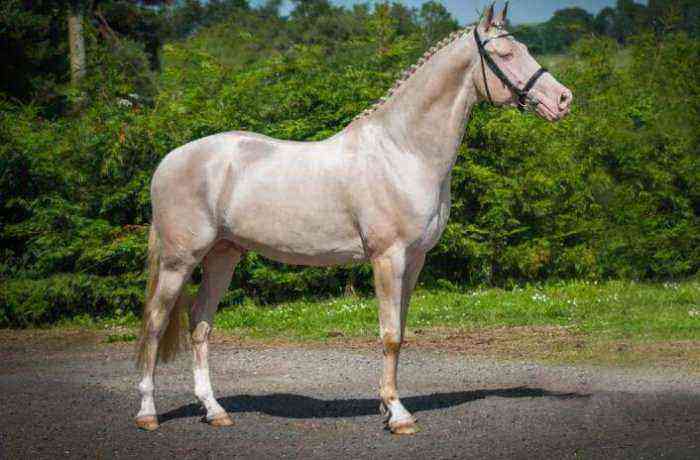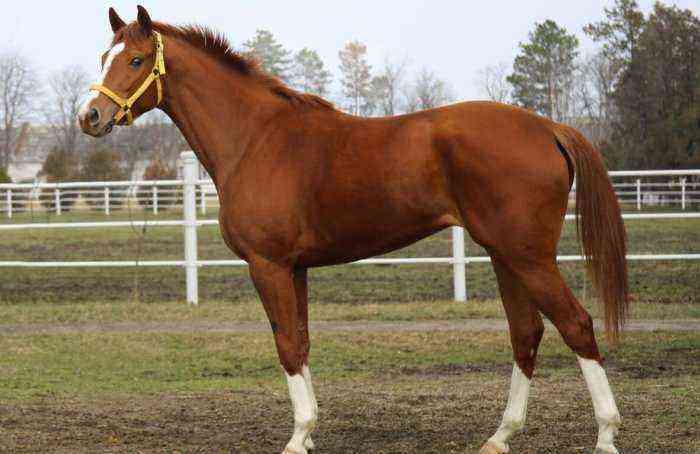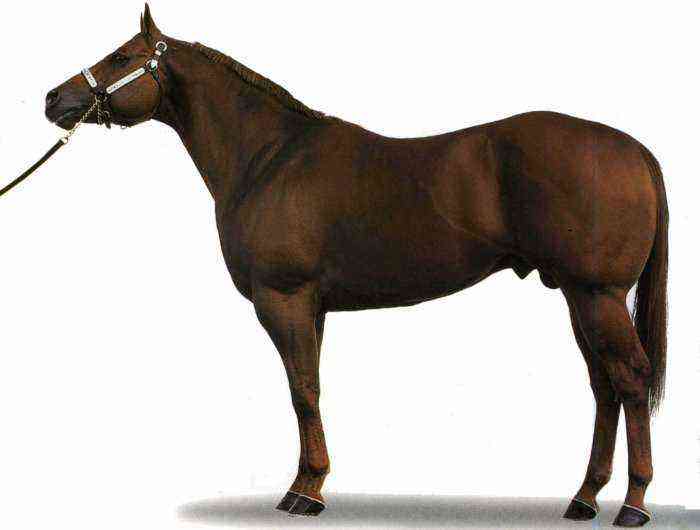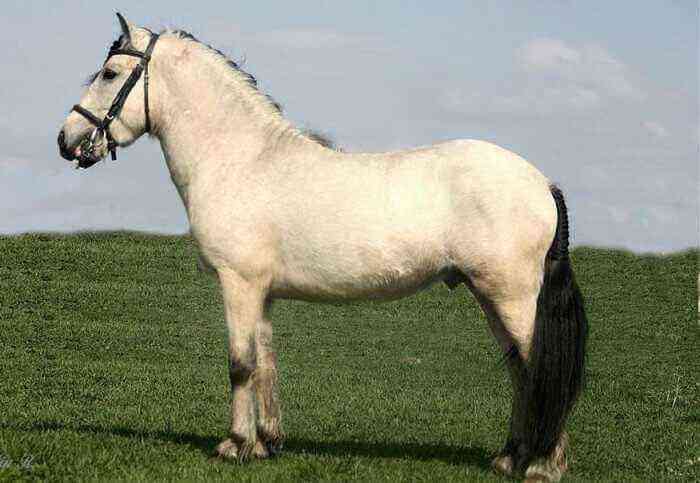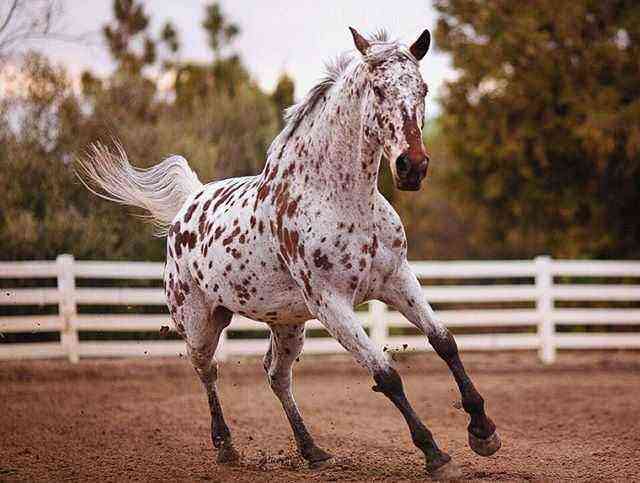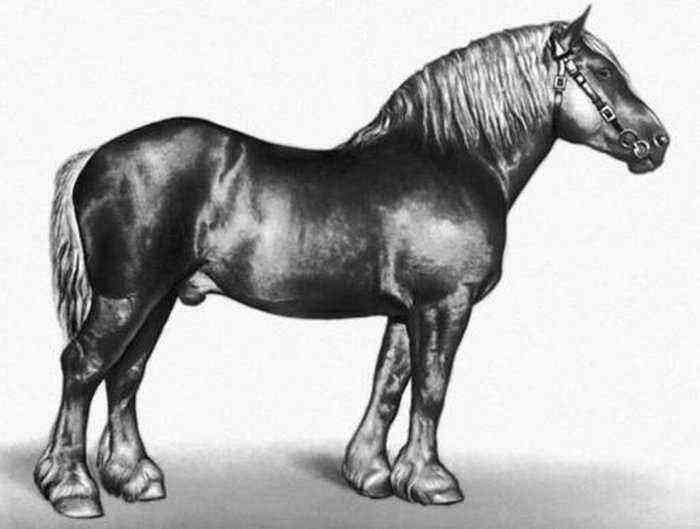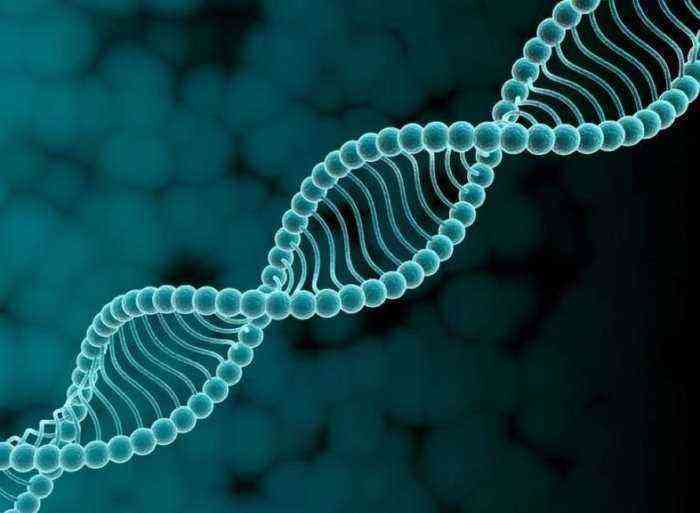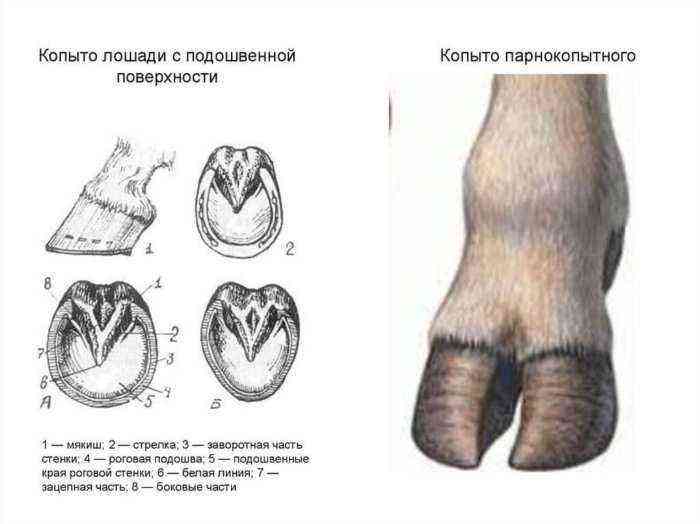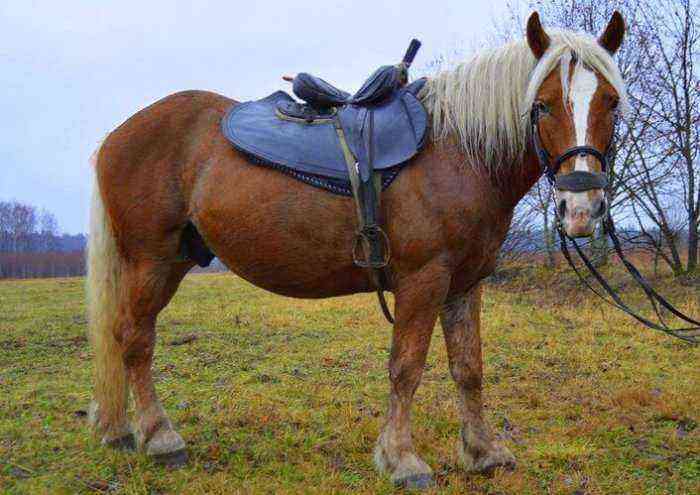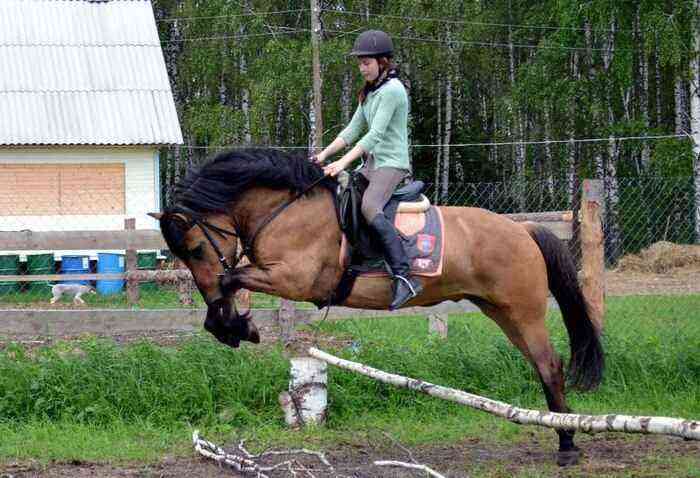A domestic horse is a faithful household helper. Man has been using it for several thousand years for agricultural work and transportation of goods. With the development of technological progress, these animals are no longer as in demand as in the 18th and 19th centuries. Many breeds are gradually disappearing, and some have already died out, but villagers still need the help of horses to do hard work. However, they are not the only ones who benefit from their four-legged friends.
Horse in home stable
Origin of the domestic horse
Scientists agree that domestic and wild horses are descended from the same ancestor, Eohippus, which became extinct several million years ago. Outwardly, he resembled a dog with a long tail and a large head. The hind limbs of the animal were equipped with three fingers, and the forelimbs with four. In prehistoric times, eogippus lived on the American continent.
In the last era of the Paleogene, the structure of the body of these animals changed. Now the ancient ancestors of horses had longer limbs and a straight back. Their body has become a little larger. It is interesting that during the Oligocene period, the fourth toe on the front legs disappeared from the descendants of Eogippus, Anchiteria.
Over millions of years, the ancestors of the domestic horse have changed, becoming more and more similar to modern horses. For example, in the Pliocene era, animals looked more like gazelles. They had 3 fingers on the front and hind limbs. These horses are called hipparions. During their habitat on earth, animals migrated to the territory of modern Asia and Europe, so the distribution area of uXNUMXbuXNUMXbhorses expanded.
Pliohippus, who lived about 5 million years ago, already had one finger per limb. It is interesting that during this period the hipparions did not yet die out, so both species coexisted with each other for quite a long time. The evolution of horses ends with the appearance of the ecuus species. These animals were tall and single-toed. Later, horses spread throughout the western and eastern hemispheres.
Attention! Scientists believe that the tarpan is the ancestor of the domestic horse. This species is already extinct. In the 18-19 centuries, it was distributed in Europe, in Western Siberia and Kazakhstan.
How did domestication take place?
According to the theory, the first culture to domesticate the horse is the Botai, who lived between the 37th and 31st centuries BC in central Eurasia. To confirm or refute this information, scientists conducted a genetic study. It turned out that Botai horses are in no way connected with domestic horses, but are related to wild representatives of the Przewalski breed.
Another hypothesis says that the first people who domesticated the horse were the ancient inhabitants of modern Bashkortostan. Within the republic, scientists have found animal remains dating back to the 7th-6th century BC. e.
Description of the domestic horse
Domestic horses are assigned to the order of equids, belonging to the horse family. Consider their external characteristics:
domestic horses
- height – 1,45–1,8 m;
- weight – 400–1500 kg (depending on the breed);
- dry elongated head;
- movable auricles, the length of which varies between 8–16 cm;
- wide nostrils;
- almond-shaped eyes with an expressive look;
- long neck with well defined muscles;
- cylindrical elongated body;
- slender long limbs with a pronounced one finger and rudiments 2 and 3;
- the body is covered with thick hair of various colors;
- there is a bang, mane and tail.
Horses have a well-developed hearing, a little worse – sight and smell. Despite the small size of the brain, these animals have high intelligence. The average life expectancy of domestic horses is 25–30 years. Longevity cases are known. The horse, named Old Billy, lived to be 62 years old, and he was involved in hard work.
Temperament
In horses, as in humans, there are 4 types of temperament. Each of them corresponds to the classification of Hippocrates:
- Strong balanced mobile. These horses are active, energetic and friendly.
- Strong balanced inert. Such horses can be described as calm and slow. They are not subject to mood swings.
- Strong unbalanced horses are comparable to a choleric person, who is characterized by frequent mood swings and high emotionality.
- The weak type includes animals with a hypersensitive nervous system.
In general, domestic horses get along well with people and show submissiveness. They become attached to the owner and willingly serve him for the good. Representatives of certain breeds, for example, the Akhal-Teke, are distinguished by waywardness and pride, but they are extremely devoted to their owner.
Akhal-Teke horse
Classification of horse breeds
After the domestication of equids, a lot of time passed before a person learned to create new breeds of horses. Today they are all divided into 2 classes:
- riding;
- draft.
The first type is characterized by a dry constitution and lightness and is intended for walking and riding. There are also universal horses that perform equally well both with a rider in the saddle and in a small team. They are called horse-drawn. Horses bred for sports are specialized. These breeds include:
- English riding;
- Akhal-Teke;
- Terskaya and others.
Draft breeds are also divided into 2 groups – heavy-draft and light-draft. The first are distinguished by a massive physique, their main advantage is strength. They are used in the field. The second group is used for riding in carriages. These horses can trot quickly with little weight.
Maintenance and care of horses
A horse as a pet requires attention and care. In regions with a warm climate, it can spend almost all the time on pasture. For shelter from the weather, a corral under a canopy is enough.
In areas where there are cold winters, horses are kept in stables. The main condition is that it must be dry inside. Drafts are unacceptable, so for the winter all the cracks are closed up, and the walls are insulated. Stalls are regularly ventilated or equipped with a ventilation system.
Bedding made of hay and straw should be changed as it gets dirty. Drinkers and feeders – disinfect. It is important to monitor the hygiene of the horse’s body. Wool and mane are washed in the warm season, watering from a hose. Pet stores sell shampoos for four-legged friends, it is better to buy them, as ordinary soap will not work. After bathing, remove moisture from the wool and wipe it with a soft cloth.
The horse’s mane is regularly combed using combs. To keep your hair clean longer, you can braid the mane into pigtails. Hooves need special care. After each walk and hard work, they are inspected, cleaned of dirt and lubricated with special grease.
Terek horse
Domestic horse care includes veterinary care. It is necessary to monitor the health of the animal, regularly vaccinate. Neglecting vaccinations is dangerous – it can cost the life of a pet.
How to feed?
In summer, fresh grass makes up the bulk of the horse’s diet. Cereals are also introduced into the menu, because this is a source of protein. In winter, the amount of hay is increased, and vegetables are used as vitamin supplements.
Attention! A lick salt is placed next to the pet feeder. With its help, the animal satisfies the need for minerals.
Feeding is done 2-3 times a day. After eating, the horse can be brought to work after 1,5 hours. Water animals in the morning and evening before meals, offering about 30 liters of clean water at room temperature.
Important! Horses often refuse to drink cold water in winter, and this is dangerous to health. From a lack of moisture in the intestines, colic and even blockage can begin. In the cold season, the breeder needs to offer the animal a warm drink.
Reproduction
Domestic horses breed under human control. The breeder independently selects pairs and monitors the process of insemination. Animals are allowed to mating:
- one breed;
- have reached puberty (the female must be older than 3 years);
- passed a veterinary examination.
Mating of domestic horses is carried out during the sexual hunting of the mare. At this time, under the influence of hormones, she becomes restless, often laughs for no reason, takes a pose characteristic of mating. When the stallion inseminates her, in most cases pregnancy occurs, which lasts 11 months.
Using
Specialized breeds of horses are used in sports. Working horses are used in agricultural work and for the transport of goods. Herding horses are specially trained and help in grazing cows and sheep along with dogs. Often horses are used for hunting and police work. Law enforcement officers ride on them. Pets are unpretentious and obedient, they are willing to work for the benefit of their owner.
Hippotherapy is another area where four-legged friends are involved.. Riding a horse has a beneficial effect on emotional and physical health – it strengthens the back muscles, relieves tension, and improves the functioning of the respiratory system.
Productive horse breeding is also popular. Koumiss is prepared from horse milk – a fermented milk drink. It is useful for people suffering from diseases of the lungs and digestive organs. Horse meat is edible. In some countries, it is highly valued, for example, in France, Belgium, and also in Mongolia. The Japanese also eat horse meat, and in Turkmenistan it is forbidden to eat horse meat.
Domestic horses have come a long way of development before becoming people’s true friends. Since ancient times, these animals have accompanied brave knights in battles and have shown courage and fearlessness in battle. Today they continue to serve the benefit of people.
